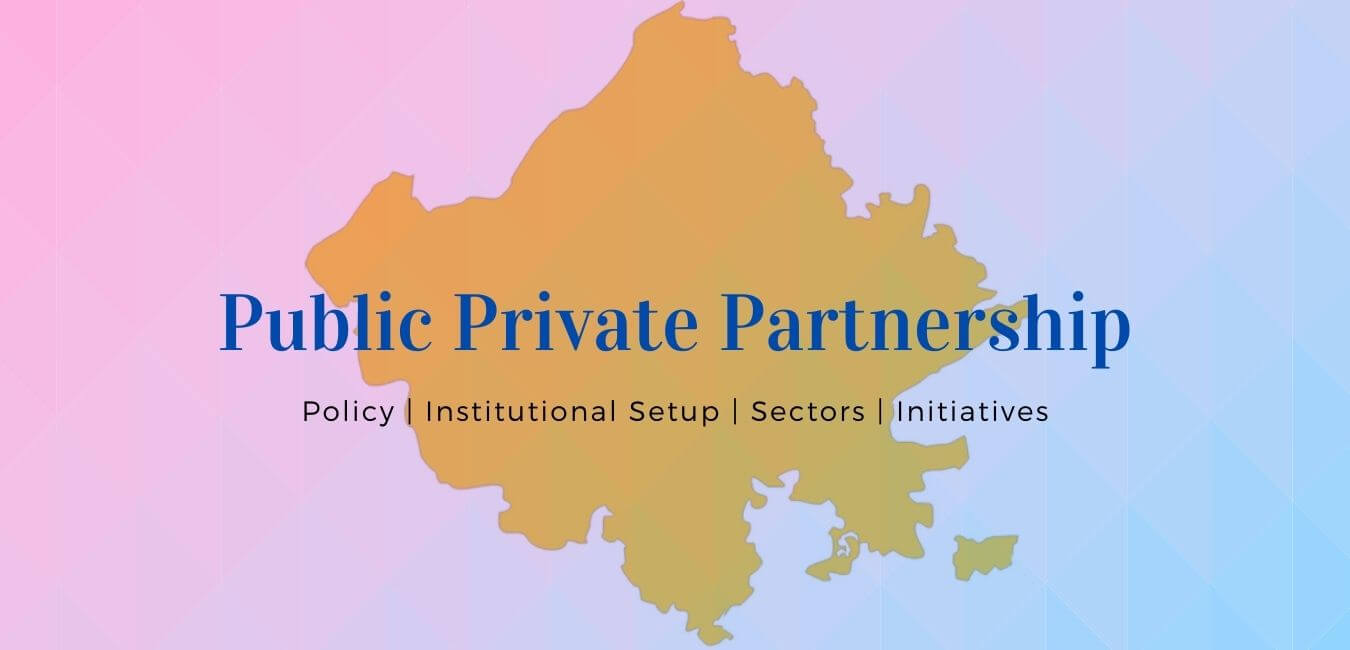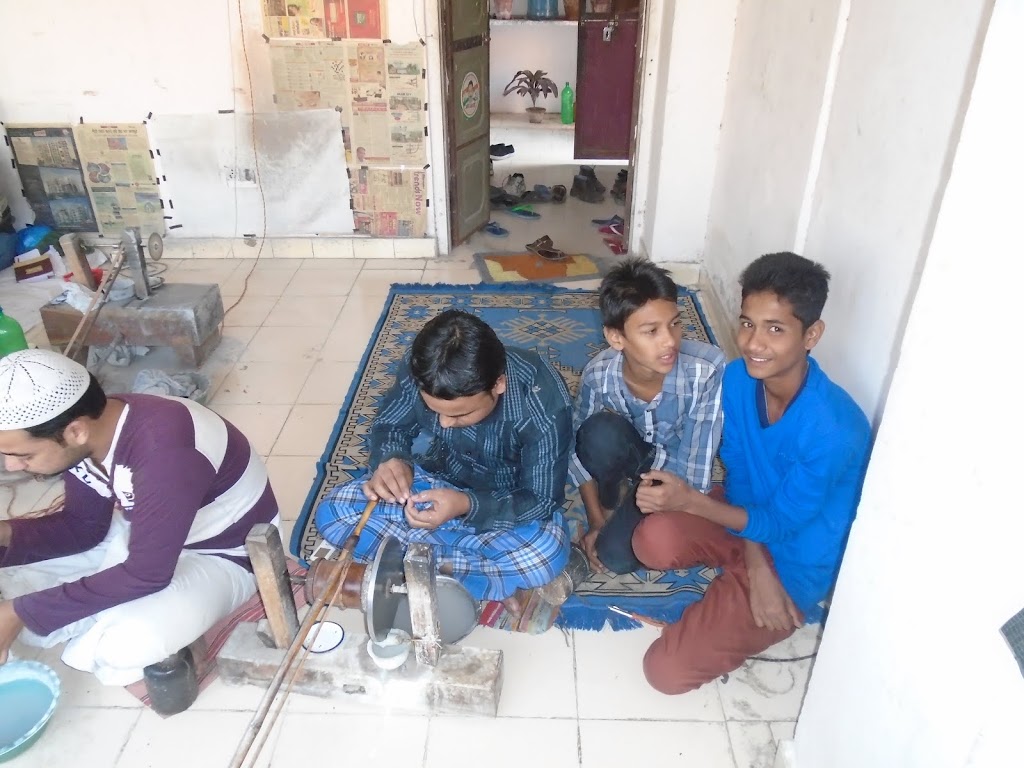Nesar Ahmad
Recent policy developments in
the state
the state
The BJP government in last
almost two years has brought in some very interesting policy and legislative
changes in Rajasthan. Let us have a look at some of the recent policy and legal
changes in the state of Rajasthan. Below is a summary of some of the recent
developments:
almost two years has brought in some very interesting policy and legislative
changes in Rajasthan. Let us have a look at some of the recent policy and legal
changes in the state of Rajasthan. Below is a summary of some of the recent
developments:
First changing the central labour laws in the
state to make it easier for the industries to retrench the workers, make it
more difficult for the workers to unionize and removing the compulsion to
implement the Factories Act for most of the industries.
state to make it easier for the industries to retrench the workers, make it
more difficult for the workers to unionize and removing the compulsion to
implement the Factories Act for most of the industries.
Then bringing a bill for not implementing the
2013 Act on land acquisition and rehabilitation and resettlement in the state
and fast acquisition of land of the farmers without their consent and without
the social impact assessment, which is now put on hold but can be again brought
in any time. Beside, the state government has also passed its own Special
Economic Zone Act.
2013 Act on land acquisition and rehabilitation and resettlement in the state
and fast acquisition of land of the farmers without their consent and without
the social impact assessment, which is now put on hold but can be again brought
in any time. Beside, the state government has also passed its own Special
Economic Zone Act.
Then bringing a draft policy for introducing
PPP in secondary schools and efforts to give the select schools to the private
sector.
PPP in secondary schools and efforts to give the select schools to the private
sector.
Then a decision by the cabinet to hand over 90
primary health centres (PHCs) to the private players and later handing 300 PHCs
and one Community Health Centre (CHC) to the private companies.
primary health centres (PHCs) to the private players and later handing 300 PHCs
and one Community Health Centre (CHC) to the private companies.
Handing the anganwadi centres to the private
companies as Nand ghars.
companies as Nand ghars.
These are some of the examples of the steps taken by the Bhartiya
Janta Party government in the state of Rajasthan, which indicate a certain
policy direction. They indicate the state government’s immense trust on the
private sector and the intention to protect the interests of the private sector
companies. This becomes even clearer when one looks at the list of the members
of Chief Minister Advisory Council in the state which replaced earlier State
Planning Board. The CM Advisory Council is full of the big industrialists of
the country.
Janta Party government in the state of Rajasthan, which indicate a certain
policy direction. They indicate the state government’s immense trust on the
private sector and the intention to protect the interests of the private sector
companies. This becomes even clearer when one looks at the list of the members
of Chief Minister Advisory Council in the state which replaced earlier State
Planning Board. The CM Advisory Council is full of the big industrialists of
the country.
The state government seems to believe that by giving all
kind of waivers to the private sector (changes in the labour laws) and giving
them various facilities (efforts to make the land acquisition easier) will
bring lots of national and foreign investment in the state which will ensure
fast economic growth, which in turn would create employment. The upcoming Resurgent
Rajasthan, in which big investors and industrialists from the country and
abroad are invited, is also an effort in the same direction.
kind of waivers to the private sector (changes in the labour laws) and giving
them various facilities (efforts to make the land acquisition easier) will
bring lots of national and foreign investment in the state which will ensure
fast economic growth, which in turn would create employment. The upcoming Resurgent
Rajasthan, in which big investors and industrialists from the country and
abroad are invited, is also an effort in the same direction.
At the same time the argument given in favour of privatization
of social services like health, education and anganwadi centres is that the
government has not been able to run these services efficiently and the private
sector can do a better job. Therefore, privatization of these services would
lead to better service delivery to the masses.
of social services like health, education and anganwadi centres is that the
government has not been able to run these services efficiently and the private
sector can do a better job. Therefore, privatization of these services would
lead to better service delivery to the masses.
Growth at what cost!
There is a need to scrutinize these arguments critically. Is
it necessary to give all kind of waivers to the private sector the attract
investment? Can there be economic growth only when labour rights are curtailed
and farmers’ lands are taken without their consent? What is benefit of the jobs
created by such economic growth (if at all jobs are created) when the workers
would have no job guarantee and no basic facilities and safety at the workplace?
How can the negative impacts of industrialization on environment and society be
checked without having the social impact assessments of the projects? Is the
fast economic growth as necessary that the government can curtail workers’ and
farmers’ rights for it?
it necessary to give all kind of waivers to the private sector the attract
investment? Can there be economic growth only when labour rights are curtailed
and farmers’ lands are taken without their consent? What is benefit of the jobs
created by such economic growth (if at all jobs are created) when the workers
would have no job guarantee and no basic facilities and safety at the workplace?
How can the negative impacts of industrialization on environment and society be
checked without having the social impact assessments of the projects? Is the
fast economic growth as necessary that the government can curtail workers’ and
farmers’ rights for it?
And does the fast economic growth actually lead to
employment creation? If we look at the statistics, there has been fastest
economic growth in the county during the 10 years of the United Progressive
Alliance (UPA) rule led by Manmohan Singh. On an average the Indian economy
grew at 7.6 % per annum during the UPA rule. However, the employment increased
at slow pace of 0.5% per annum during this period, as per Economic Survey
2014-15. Not only this, the unemployment rate also remained at the level of 2%
during the decade.
employment creation? If we look at the statistics, there has been fastest
economic growth in the county during the 10 years of the United Progressive
Alliance (UPA) rule led by Manmohan Singh. On an average the Indian economy
grew at 7.6 % per annum during the UPA rule. However, the employment increased
at slow pace of 0.5% per annum during this period, as per Economic Survey
2014-15. Not only this, the unemployment rate also remained at the level of 2%
during the decade.
Is private sector really better in service delivery!
Now the other aspect of the privatization policy of the
Rajasthan government that is privatization of basic social services like
primary health, education and anganwadi centres should also be examined. Are
the private schools and private health centres better than the government
schools in providing quality services to the people? But we will also have to
look at the available budget, availability of the teachers, doctors, nurses and
other staff at the government heath centres and schools. The government health
centres suffer from vacant posts of doctors, nurses and other technical staff
while there are very few teachers in the government schools in the remote
areas. The status of basic infrastructure in the government health centres and
schools is also quite well known. It is meaningless to compare the private and
government health centres and schools without ensuring these facilities.
Rajasthan government that is privatization of basic social services like
primary health, education and anganwadi centres should also be examined. Are
the private schools and private health centres better than the government
schools in providing quality services to the people? But we will also have to
look at the available budget, availability of the teachers, doctors, nurses and
other staff at the government heath centres and schools. The government health
centres suffer from vacant posts of doctors, nurses and other technical staff
while there are very few teachers in the government schools in the remote
areas. The status of basic infrastructure in the government health centres and
schools is also quite well known. It is meaningless to compare the private and
government health centres and schools without ensuring these facilities.
The budget for health and education in the country and the
state, though seems to be very high, is very low compared to the gross domestic
product of the country and the state. Both at the national and state level the
allocation to the education sector is slightly more than 3% of the GDP and
allocation to the health sector is slightly more than 1% of the GDP. The
government’s commitment on various forums is to provide 6% and 3% of GDP for
education and health respectively.
state, though seems to be very high, is very low compared to the gross domestic
product of the country and the state. Both at the national and state level the
allocation to the education sector is slightly more than 3% of the GDP and
allocation to the health sector is slightly more than 1% of the GDP. The
government’s commitment on various forums is to provide 6% and 3% of GDP for
education and health respectively.
Most of the education budget in the state is directed
towards the primary education. The budget for secondary education is very low
and budget for higher education is almost negligible. This year (2015-16) the
health budget in the state is Rs. 9416 (including the budget for the centrally
sponsored schemes), which comes to little more than Rs. 1200 per person. It
should be noted that this budget includes salaries as well which is large part
of the health budget. Obviously there is not adequate budget for the social
sector schemes.
towards the primary education. The budget for secondary education is very low
and budget for higher education is almost negligible. This year (2015-16) the
health budget in the state is Rs. 9416 (including the budget for the centrally
sponsored schemes), which comes to little more than Rs. 1200 per person. It
should be noted that this budget includes salaries as well which is large part
of the health budget. Obviously there is not adequate budget for the social
sector schemes.
Also, the private companies have this clear motive of making
profit and not that of serving the people. For example the state government has
allowed the private companies running the state PHCs to charge the people for
those services which are not provided on the government PHCs. This policy
provides the private sector with a ready market for their services and makes it
beneficial for them to run the PHCs.
profit and not that of serving the people. For example the state government has
allowed the private companies running the state PHCs to charge the people for
those services which are not provided on the government PHCs. This policy
provides the private sector with a ready market for their services and makes it
beneficial for them to run the PHCs.
Also the most important question is, if the private
companies have to provide services to the people they can do so in addition to
the government efforts. Why they must try to replace the government? They can run
the schools, health centres, and crèches for workers children at free and/or
affordable costs for the poor people without taking over the government run
schools and PHCs on part of their corporate social responsibility.
companies have to provide services to the people they can do so in addition to
the government efforts. Why they must try to replace the government? They can run
the schools, health centres, and crèches for workers children at free and/or
affordable costs for the poor people without taking over the government run
schools and PHCs on part of their corporate social responsibility.
The politics of PPP
The privatization of basic social services in the name of
Public Private Partnership will have larger political implications. There is
hardly any evidence that shows positive outcome of the privatization of
services in terms of increased access of the people to these services. On the
other hand the privatization may lead to increasing cost of these essential
services for the people as this would lead to further commodification of these essential
services. The commoditification essentially means that the services like
education and health are considered at par with any commercial service which
can be provided commercially in the market.
Public Private Partnership will have larger political implications. There is
hardly any evidence that shows positive outcome of the privatization of
services in terms of increased access of the people to these services. On the
other hand the privatization may lead to increasing cost of these essential
services for the people as this would lead to further commodification of these essential
services. The commoditification essentially means that the services like
education and health are considered at par with any commercial service which
can be provided commercially in the market.
Also the increasing privatization of the essential services and
policy and legislative changes favourable for the private sector indicate the
increasing role of and direct intervention by the private sector in the policy
making. The CM Advisory Council is full of the big industrialists and
government is listening to their suggestions and ideas. This is not necessarily
in accordance with the true spirit of the electoral democracy in which people
elect their government to make policies and legislation.
policy and legislative changes favourable for the private sector indicate the
increasing role of and direct intervention by the private sector in the policy
making. The CM Advisory Council is full of the big industrialists and
government is listening to their suggestions and ideas. This is not necessarily
in accordance with the true spirit of the electoral democracy in which people
elect their government to make policies and legislation.
In conclusion, the move to privatize the basic social
services and the greater emphasis on PPP and the favour provided to the private
sector may not be able to achieve their stated objectives. On the other hand
there is a real threat that these policy and legislative changes may deprive the
poor workers and farmers of their rights and can push them in further
disadvantageous position, while the public sector social services available to
them, in whatever form and quality, may also get far from their access. This
may lead to further marginalization of the poor people in the state.
services and the greater emphasis on PPP and the favour provided to the private
sector may not be able to achieve their stated objectives. On the other hand
there is a real threat that these policy and legislative changes may deprive the
poor workers and farmers of their rights and can push them in further
disadvantageous position, while the public sector social services available to
them, in whatever form and quality, may also get far from their access. This
may lead to further marginalization of the poor people in the state.
First published in November issue of PUCL Monthly Bulletin




